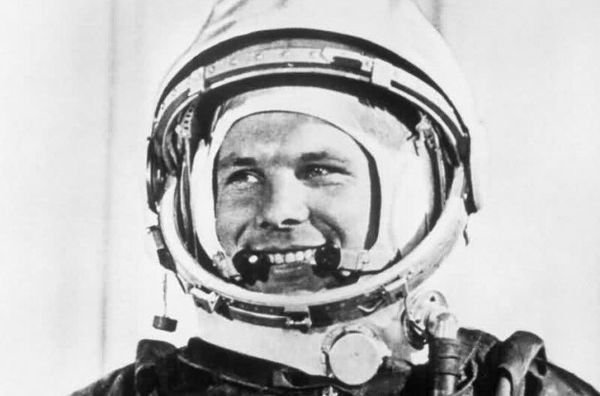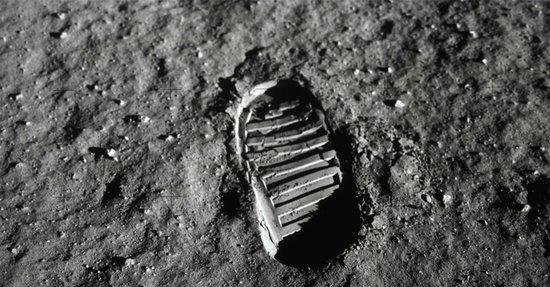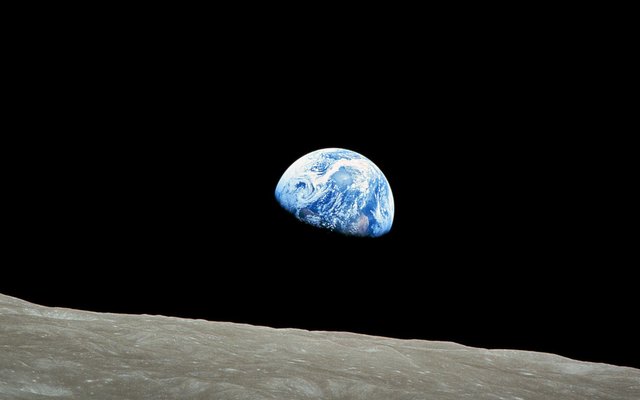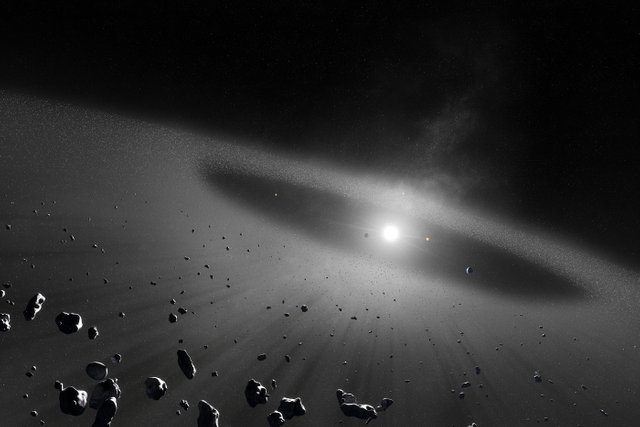Why human keep exploring the cosmos?
Recently, China has completed the first mission to make a soft landing on the far side of the moon at the moment when China's Chang'e-4 mission reaches the lunar surface on January 3rd 2019.

*Rover YuTu-2 (Jade Rabbit 2)*

*Chang'e-4 Lander*
China claims earlier that China will initialize the first mission to the red planet - Mars around 2020. This is an inspiring news for not only the Chinese but also the world.

It has been fifty-eight years since the first spaceman - Yuri Alekseyevich Gagarin enter into the space. Fifty years has passed since Neil Alden Armstrong put the first step on the surface of the Moon saying "That's one small step for A man, one giant leap for mankind". And many of us keep wondering the reason why we keep exploring the universe using tremendous amount of money.


Dr. Ernst Stuhlinger, who served as director of the Marshall Space Flight Center (MSFC) Space Science Laboratory from its formation in 1960 until 1968, and then was MSFC's associate director for science from 1968 to 1975, heard from a Zambia nun called Mary Jucunda in 1970, asking how could billions of dollars be spent for Mars exploration when there still were so many children starving.
Not long later, Dr. Stuhlinger replied her letter with an attachment of a famous picture of Earth named the Earth Rise which was shot by William Anders in 1968. (for the full letter, go to http://www.meaus.com/whyExplore.html)

He told the Sister, in the letter, a story about a German count whom invented the microscope, and demonstrated what did human get from space exploration and the reason why we need to explore so badly. The Earth Rise in the letter, Dr. Stuhlinger stated as follow:
The photograph which I enclose with this letter shows a view of our earth as seen from Apollo 8 when it orbited the moon at Christmas, 1968.
Of all the many wonderful results of the space program so far, this picture may be the most important one.
It opened our eyes to the fact that our earth is a beautiful and most precious island in an unlimited void, and that there is no other place for us to live but the thin surface layer of our planet, bordered by the bleak nothingness of space.
Never before did so many people recognize how limited our earth really is, and how perilous it would be to tamper with its ecological balance.
Ever since this picture was first published, voices have become louder and louder, warning of the grave problems that confront man in our times: pollution, hunger, poverty, urban living, food production, water control, overpopulation.
It is certainly not by accident that we begin to see the tremendous tasks waiting for us at a time when the young space age has provided us the first good look at our own planet.
If we cannot find a new home, it is possible that we human could collapse just like what happened to the Easter Islanders. Story of Easter Islanders is a reflection of the species of human. For the island, the top essential resource was the palm trees which could be made into canoes. Once the palm trees were used up, the destiny for Easter Islanders was sure to fall.

We have been developing our civilization for centuries based on the one-time resource, such as coal and petroleum. We have mastered how nuclear fission works, the heavy element fuels, which are limited and unrecyclable, such as the Uranium and Plutonium, are still needed though. We cannot count merely on the clean and recyclable resource, such as hydropower, polar power, wind power, to maintain our civilization. They are not powerful enough to drive our civilization to advanced development. Not to mention that the Earth will decease not long after the Sun die one day. So, if we keep our eyes merely on the Earth, if we abandon our dream of the universe cultivation, we could end up dying like Easter Islanders. By then, the only trace of humankind would be the Voyagers.
We got the Moon to test our skills and technology, the Kuiper belt, maybe one day, to build colonies to live on, the earth-like planet that is not far from us, what excuse do we have not to extend our foot steps into the deep space.

To survive, as a species and a civilization, we must put our eyes and strength to the space and to the stars.